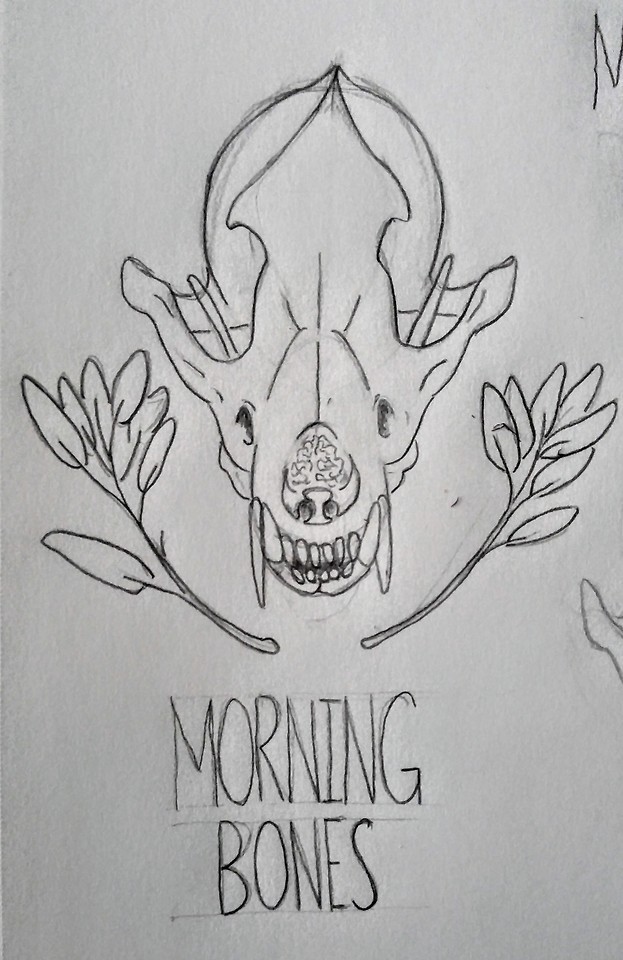Photo

"I'm the master pretender/I'm wearing his face/I'm wearing his ring/All hail the king" Been really Dragon Age lately so I whipped up this Solas/Fen'Harel sketch.
#dragon age#dragon age inquisition#solas dragon age#solas dai#dai#fen'harel#fenharel#dread wolf#the dread wolf#artists on tumblr#pencil#sketch#dragon age fanart#dai fanart
47 notes
·
View notes
Photo

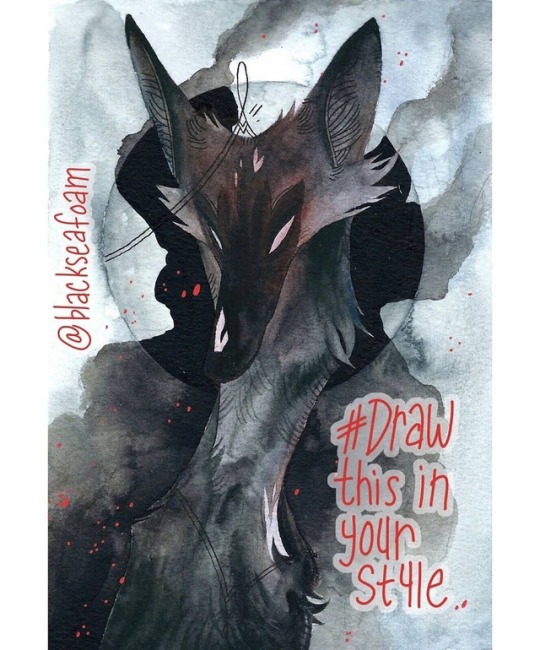
A Draw-This-In-Your-Style challenge from @blackseafoam! This was a really fun challenge because while I often draw canines, I probably wouldn't have thought tp draw something like this. It was fun to add elements of the original and what I would call my style
7 notes
·
View notes
Photo

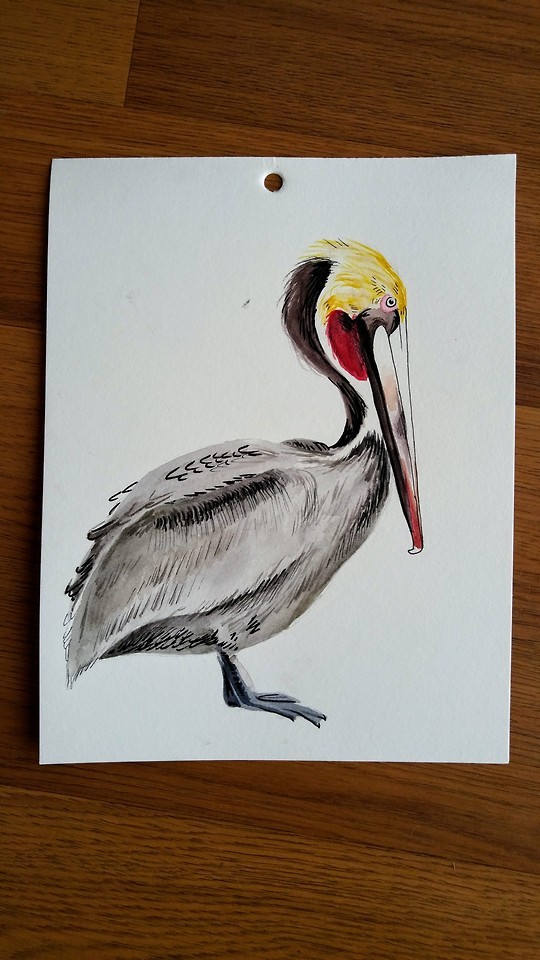

Some birds I painted today :D
6 notes
·
View notes
Photo


Two sloths for my coworker and friend who's leaving the museum
8 notes
·
View notes
Photo

Inktober 13: Harpy Eagle The harpy eagle is native to the tropical forests of the Americas, is the largest and most powerful bird of prey in the Americas, and one of the largest eagles in the world
8 notes
·
View notes
Photo

Inktober 12: Philippine Eagle. The largest eagle in terms of length and wing surface. Native to the Philippines and their national bird.
9 notes
·
View notes
Photo


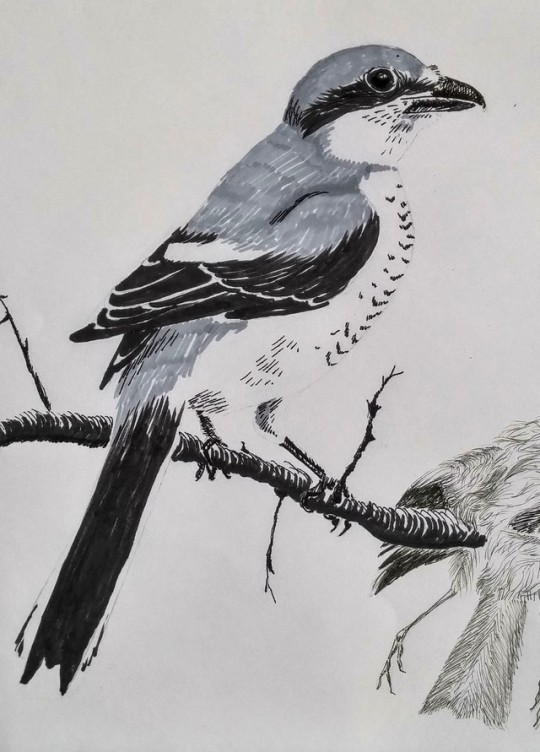
Inktober 11: Shrike
Not technically a bird of prey, even though it is carnivorous (it's technically a passerine/perching bird). But they're really cool so I wanted to include them.
They are well known for catching insects or small vertebrates and impaling the body on thorns, barbed-wire fences, or anywhere with a sharp point. This helps them eat their prey in smaller bits and lets them save it to come back for later.
9 notes
·
View notes
Photo

Inktober 10: Mantling
When birds of prey makes a kill, they will hunch and arch their wings over their prey to conceal it from other animals who might want to steal it
6 notes
·
View notes
Photo

Inktober 9: Stoop
A stoop is when a bird of prey, especially falcons, plunge down at high speeds and ram into their prey and slashing at it with their talons. They might then stoop again to catch their prey midair or, as is often the case, let it fall to the ground and pick it off then.
4 notes
·
View notes
Photo

Something to give to people when they bother you Inspired by that one crow that went up to some people to say "F U" (https://youtu.be/ifCmvLNQl3s)
3 notes
·
View notes
Photo

Inktober 8: Turkey Vulture. Again. I love their faces. I love everything about them. To cool their feet, they'll often defecate on them. And to defend themselves, they'll projectile vomit. They lack vocal organs like other birds so they can only grunt and hiss. They're so cool.
7 notes
·
View notes
Photo

Inktober 7: Great Horned Owl in an interesting shape
6 notes
·
View notes
Photo

Inktober 6: Turkey Vulture done completely in ballpoint
7 notes
·
View notes
Photo
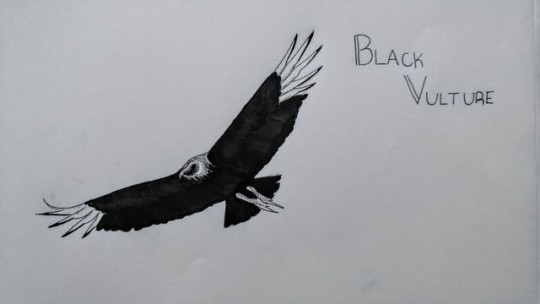
Inktober Day 5: Black Vulture. Not as common as the Turkey Vulture, which can be found all over North America, the Black Vulture can mostly be found in the southeast US. The way you can distinguish a vulture soaring in the air vs another bird of prey is their distinct V shape in their wings and their often lack of any flapping. To distinguish a turkey vulture and a black vulture, look for the black vulture's distinct "fingers": their white primaries (compared to the turkey vulture which has no distinct coloring in their feathers).
5 notes
·
View notes
Photo

Inktober Day 4: A quick little inktober with highlighters of a turkey vulture because I'm with friends :>
6 notes
·
View notes
Photo


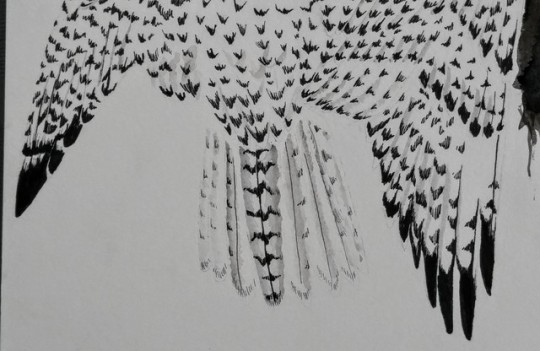

Inktober Day 3: Gyrfalcon The largest falcon species. Typically found in northern tundras and mountains.
#inktober#inktober 2017#gyrfalcon#artists on tumblr#gyr#falcon#bird of prey#birds of prey#ink#drawing
17 notes
·
View notes
